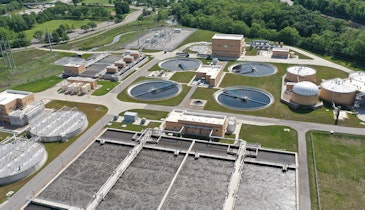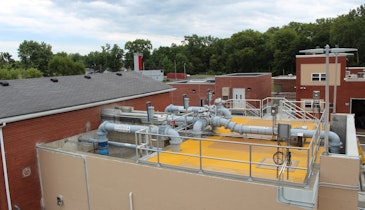Located in southeastern Utah, Moab is a popular resort community that is experiencing a boom in residents and annual visitors. Bordered by the Colorado River and the scenic vistas of the Colorado Plateau, Moab is surrounded by national parks and is a key tourist destination for tens of thousands of travelers from all over the world.
The Moab Water Reclamation Facility was initially constructed in the late 1950s to provide primary treatment of domestic wastewater for the Moab area. However, the plant could no longer keep up with the higher flows and loading due to population growth and rising tourism. In addition, with aging infrastructure and the new permit cycle in sight, upgrades to the biological treatment were necessary to ensure full compliance.
Finding a solution
After evaluating several processes, Moab selected the AquaSBR sequencing batch reactor, a true batch system, due to its many process and mechanical capabilities, including the ability to handle varying flows and loads. It also features retrievable equipment, such as diffuser racks, mixers and the decanter from the side of the basin. This allows ease of maintenance without dewatering the basins and taking the system offline.
Economically, the system offered reduced construction and operating costs and provided the lowest cost of ownership over the life of the plant as compared to other treatment processes. The flexibility of the advanced control strategy was also an advantage, which allows for simple modifications to adjust the system to accommodate the loading variations.
In 2018, the city of Moab commissioned the new AquaSBR which was a revolutionary change for the entire region with its ability to treat varying loads and flows while producing exceptional effluent quality — well below permit. Moab WRF Supervisor Greg Fosse says it’s the first SBR plant in Utah. “The numbers it’s producing have garnered a lot of attention.”
The AquaSBR system provides several advantages for plant operators, including on-demand process control and ease of maintenance of retrievable components. Mark Luddington, Moab WRF assistant operator, says that “working at the new plant is much more operator-friendly. Almost everything is automated.”





